Runaway Replicants escape the off-world colonies and return to the decaying sprawl of Old Earth in search of their creators. In the urban wasteland of Chicago, November 2019, two advanced models hide out in skyscrapers abandoned by humans seeking better lives on distant planets.
In November 2019, Distant Era photographed Chicago: November 2019, a cyberpunk-and-Blade-Runner-inspired test series that experimented with portraits and scenes of science-fiction subject matter using colored gels and photo composites featuring actors Jacob Bates, Kai Young, Elizabeth MacDougald, and Nathan Pease. Previous entries in the Traveller focused on experiments in compositing, portrait effects, colored gels using small, battery-powered flash, and photographing scenes. Our final entry focuses on the characters of the androids, played with cold mechanical grace by Distant Era regulars Nathan Pease and Elizabeth MacDougald, and the special effects used in the series.
Android Eyes
The most important aspect I wanted to get right when creating this cyberpunk-and-Blade-Runner-inspired series was the quality of the android eyes. In the film Blade Runner, the replicants’ eyes have a sort of “red eye” effect in which they occasionally reflect light so that it looks like their pupils glow. To detect a replicant, android hunters (Blade Runners) conduct a Voight-Kampff empathy test by asking the subject a number of often disturbing questions while examining the subject’s eyes in response to the questions.
I wanted to do the eyes like the replicants in the film, and though I learned how to do this in camera, I wasn’t able to get the reflective glass I needed for the shoot on time. As we were also shooting with gels, it was one element too many. Instead, I followed this tutorial by Rocketstock to add the eye effect in post.
We first photographed Nathan’s character using different colored gels. We succeeded in lighting him with different colors, but I wasn’t sure it worked for the character. I wanted the androids to look a little sinister and mysterious. So we tried again with a single blue gel (below), and that was our winner. I like the way the reflective pupils are the only warm spots in an otherwise cool image.
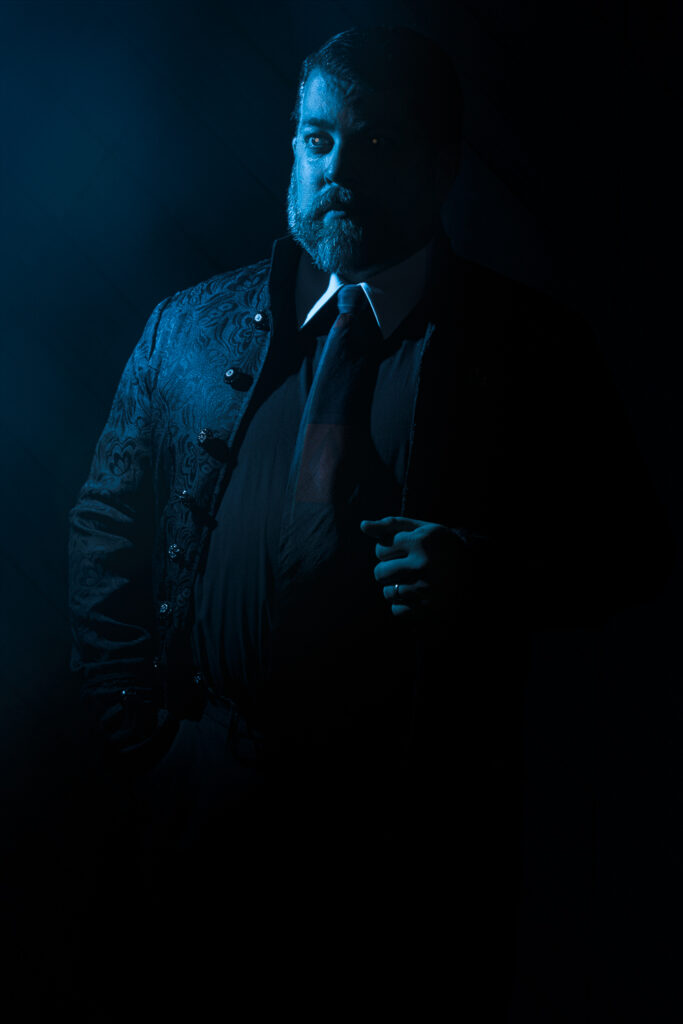

I chose this photograph of Elizabeth and Nathan as the primary selection for the androids because it reminded me of the close relationship between the replicants Roy Baty (Rutger Hauer) and Pris (Daryl Hannah) in the film. Their pupils have that special replicant reflection as well.
Officer: A friend gives you present. It’s wrapped in a big box bound with ribbon.
Alco: I’d return it.
Officer: That night, the dog gets into it. You find him in the kitchen above a half-eaten heart.
Alco: I tell him he’s a bad dog.
Officer: You’re driving through the Indiana desert. You pass a truck carrying obese human beings packed into cages. The truck turns off the highway at a sign for the Protein Farm.
Alco: Just a prison labor force serving out their time.
Officer: You order a bowl of noodles at the street cafe in your neighborhood.
Alco: I can see where this is going.
Officer: You lift one of the noodles with your chopsticks—
Alco: They’re worms, aren’t they? Write down that I said they’re worms.
Officer: Listen to the statement.
Alco: Write it down.
Officer: Put down the pencil, Mr. Stanford. Put down the—
Alco: I said, “Write down worms.”
—End Transcript—
VOIGHT-KAMPFF TEST, PARTIAL TRANSCRIPT— Officer ID: B-287-45 Subject: Stanford, Alco
Effects: Neon Signs and Holograms
The office building we photographed this series in has a hall of padded cubby holes separated at intervals by a space of wall and a long, straight light. I can’t imagine what they’re for. To me, they looked like display cases for androids, so I photographed Nathan and Elizabeth inside them, as if on display, while our android hunter (Jacob Bates) walked by. Perhaps these are the androids before they escaped, or perhaps they’re identical models, mass produced.
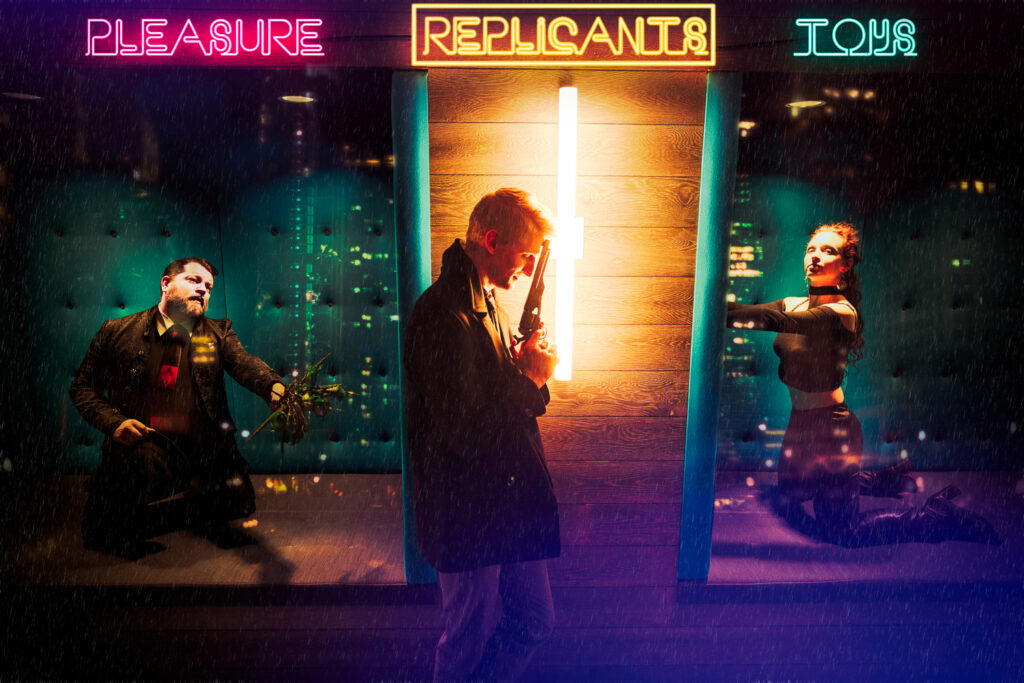
I had to photograph this with a 16 mm lens in order to fit everything in the frame. Afterward, I applied an overlay of the city in the places that would be glass. I remember reversing the image too so that it looked more like a reflection. I added a slight rain effect to the whole image and put in the neon signs.
The Hologram
The final android image for our series was taken a week later. This was the hologram image projected on the side of the building (below) somewhat like the ones in Blade Runner 2049. For this one, Elizabeth graciously posed in front of a black V-flat, and I think this closed-eye shot was an accident, but I thought it fit the aesthetic best, and so that’s what we used.
I could not have created this series without the knowledge YouTube educators like Nemanja Sekulic share with the community in their videos. I am grateful for the lessons they so generously provide.
The Cutting Room Floor
I once intended to repost this series with new edits and revisions. I planned to expand it by releasing a few other images and scenes that I never posted. With client work, future projects, and a busy schedule, reworking older series seldom comes close to the top of the priority list.
This wraps up our review of Distant Era’s Chicago, November 2019 series, so far the quickest and most experimental of all our series.


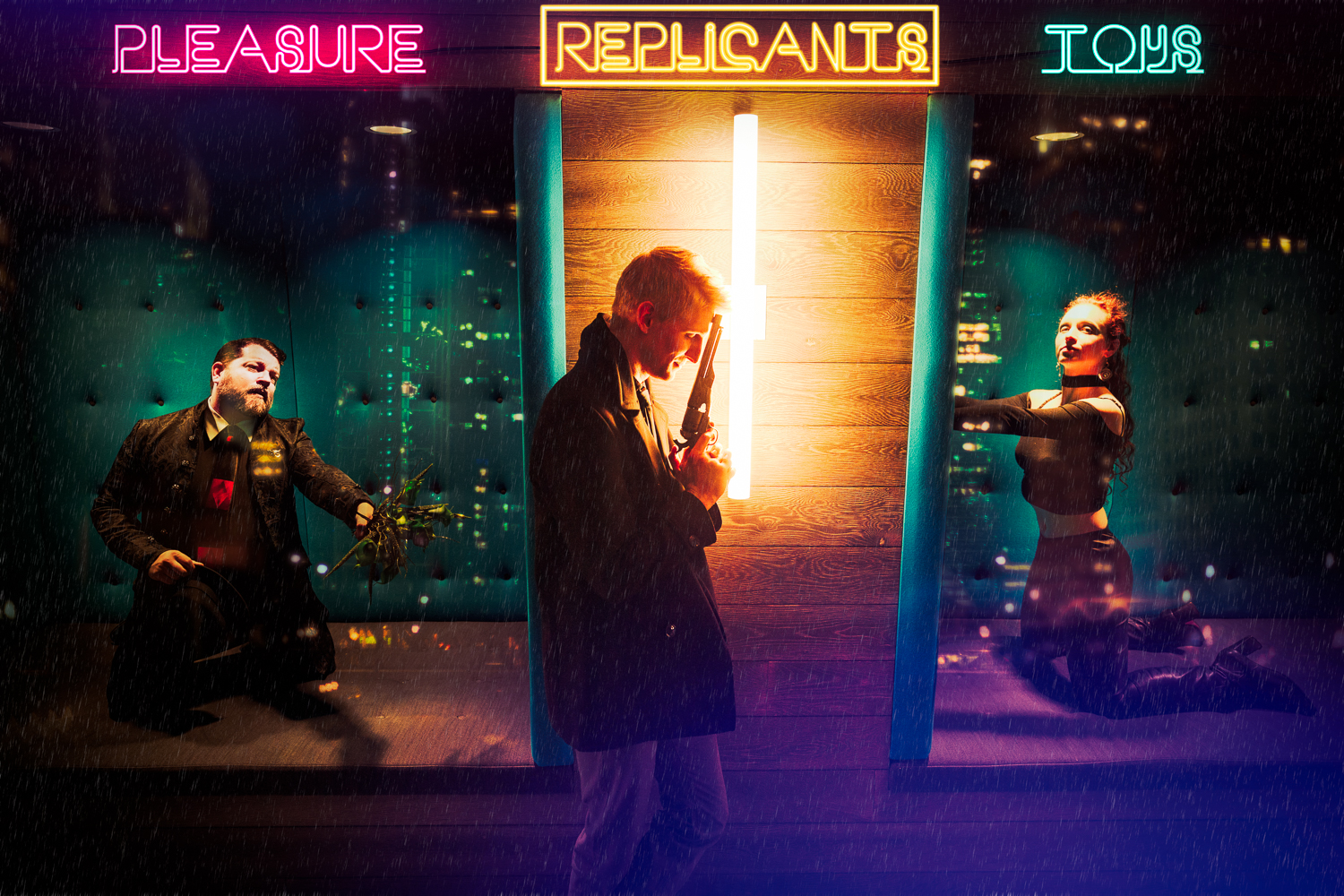
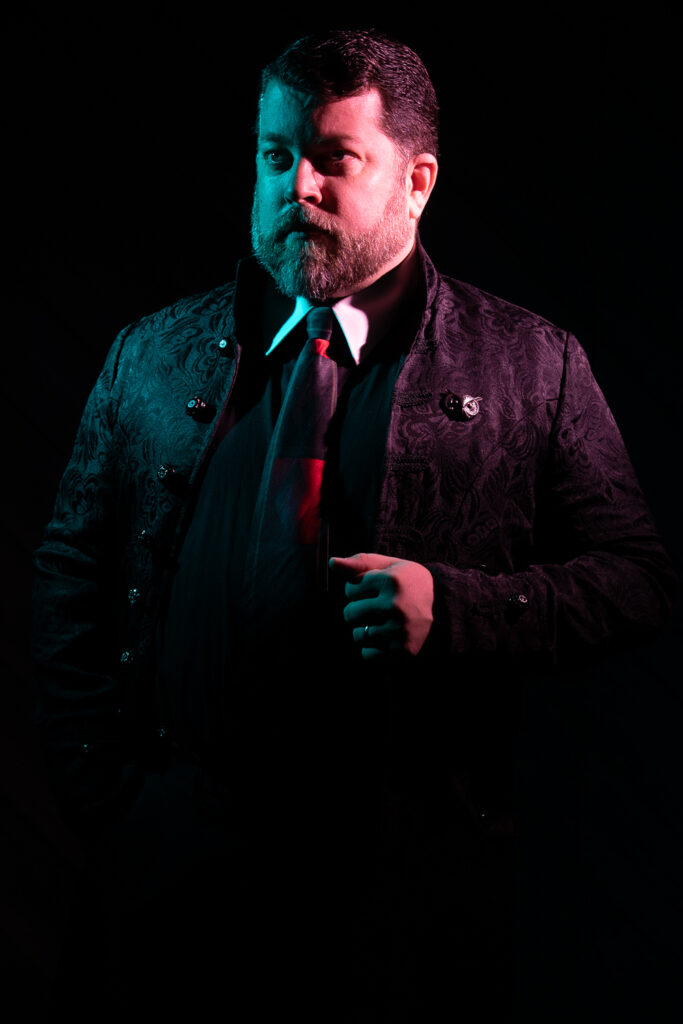
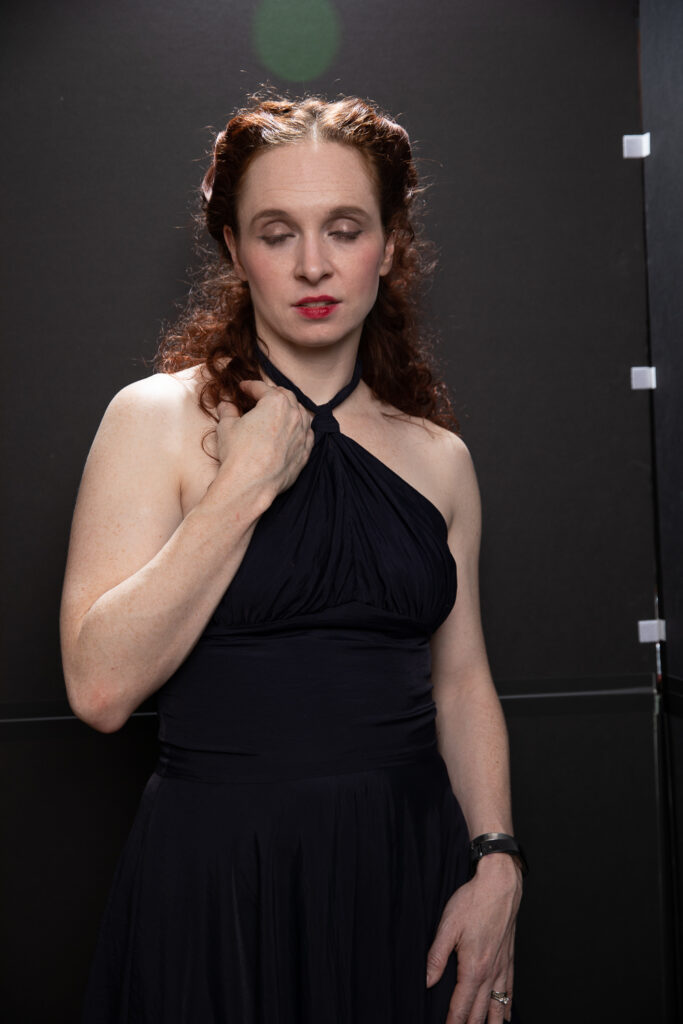
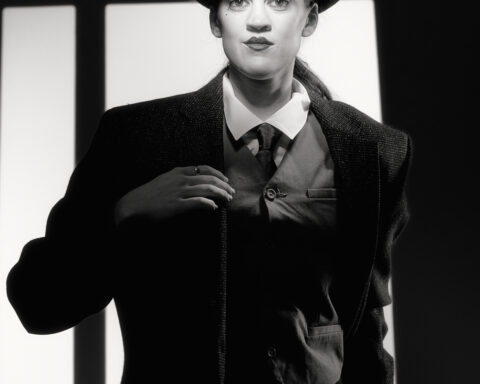
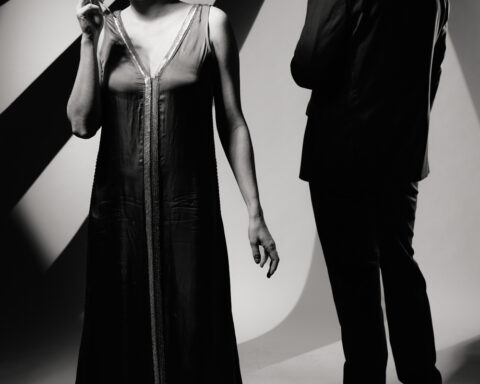
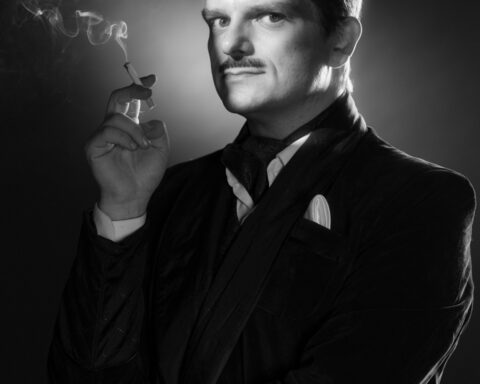
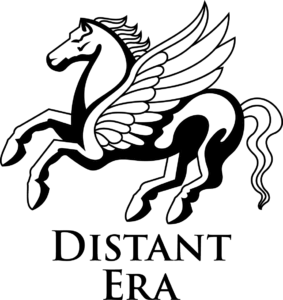
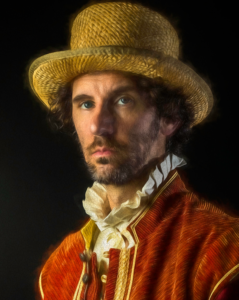
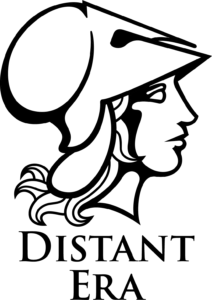
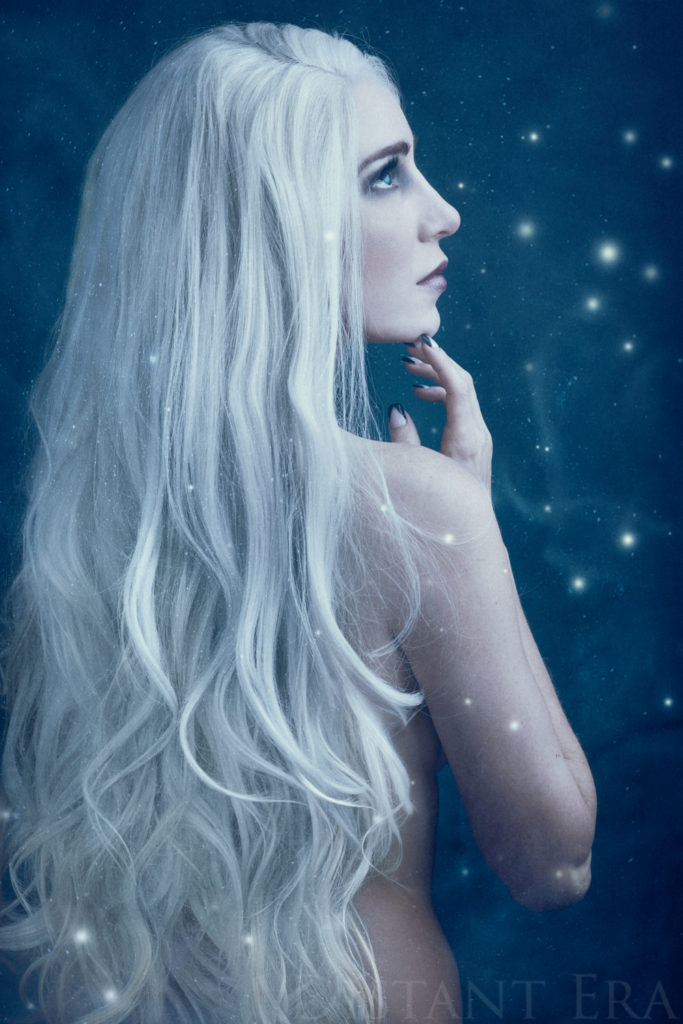
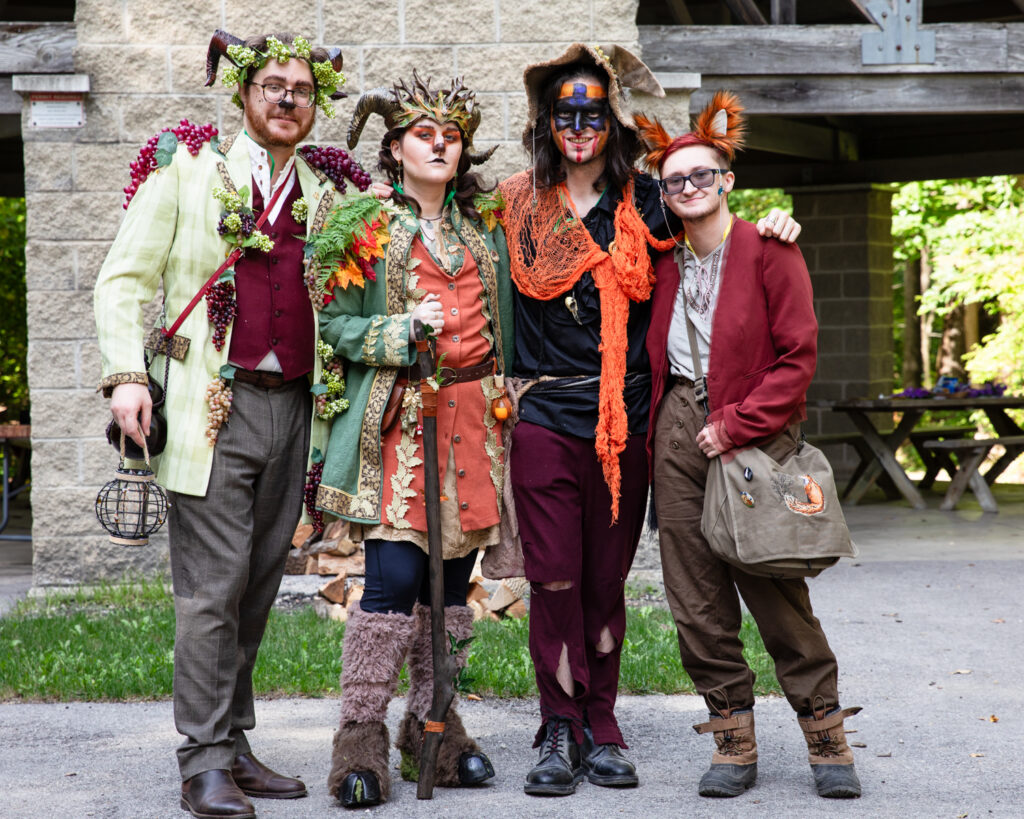
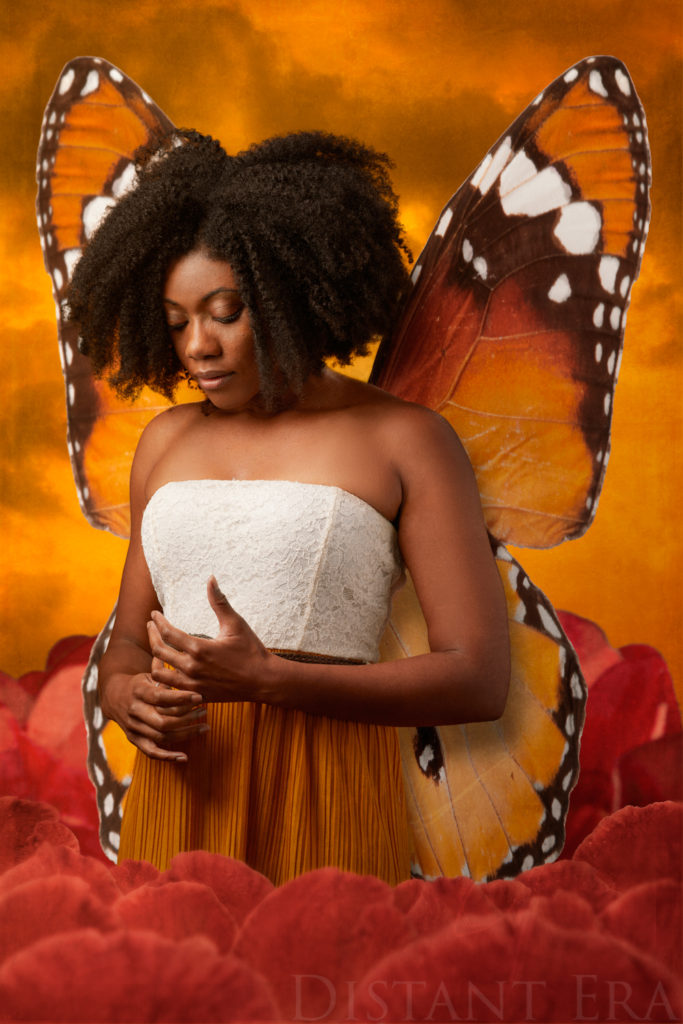
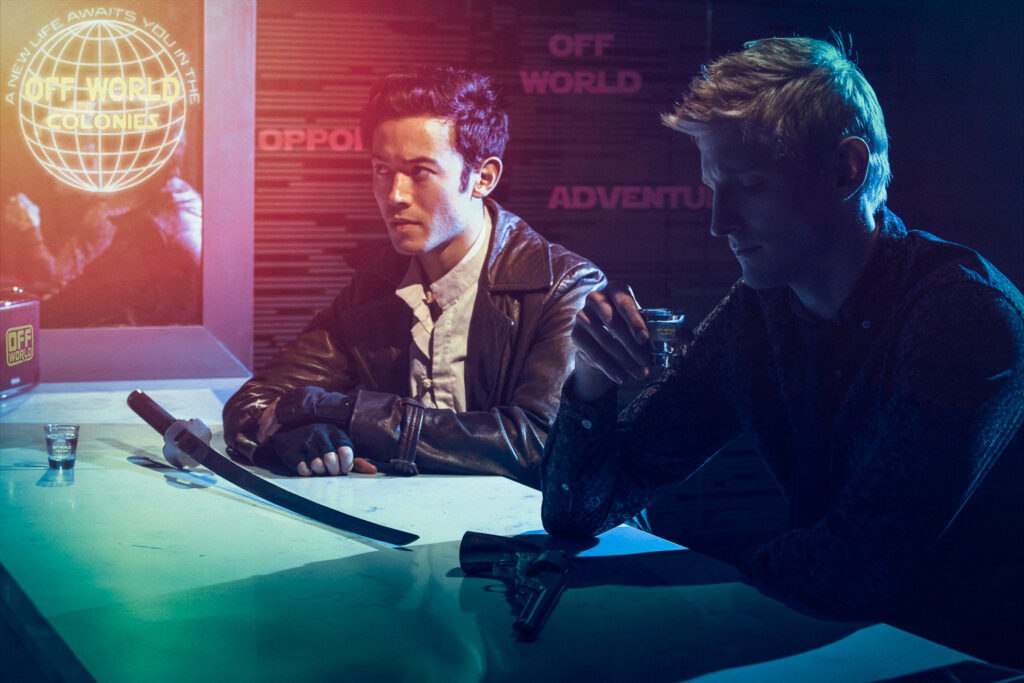
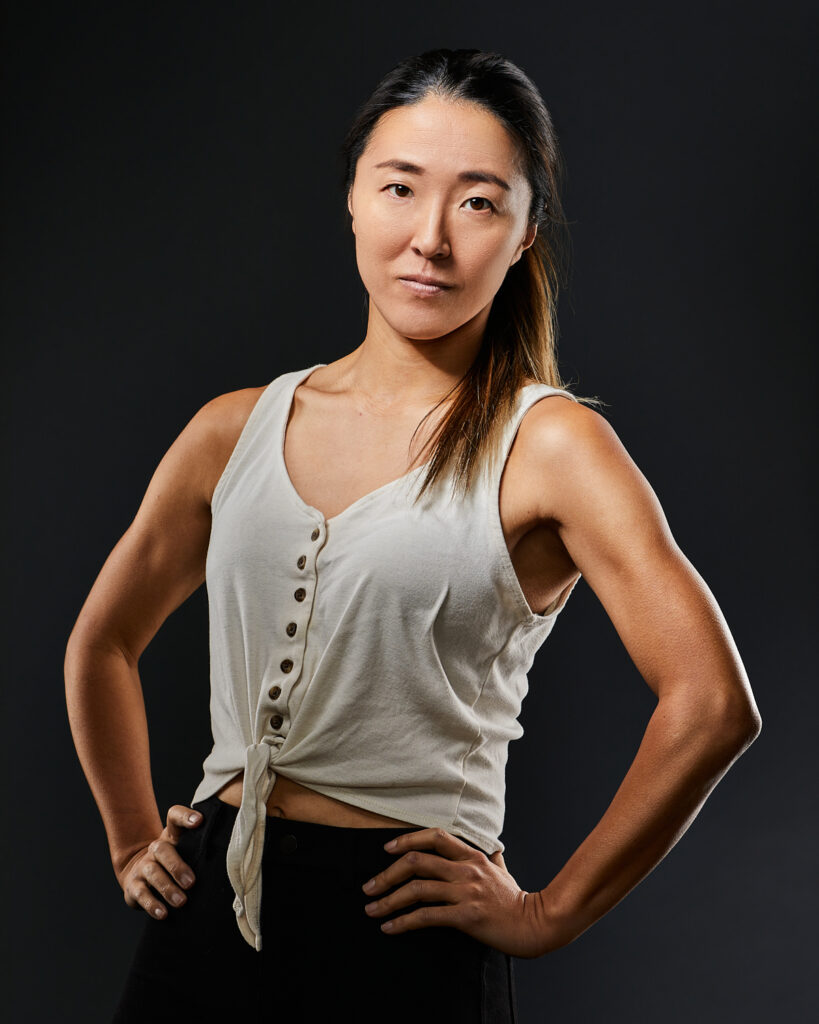
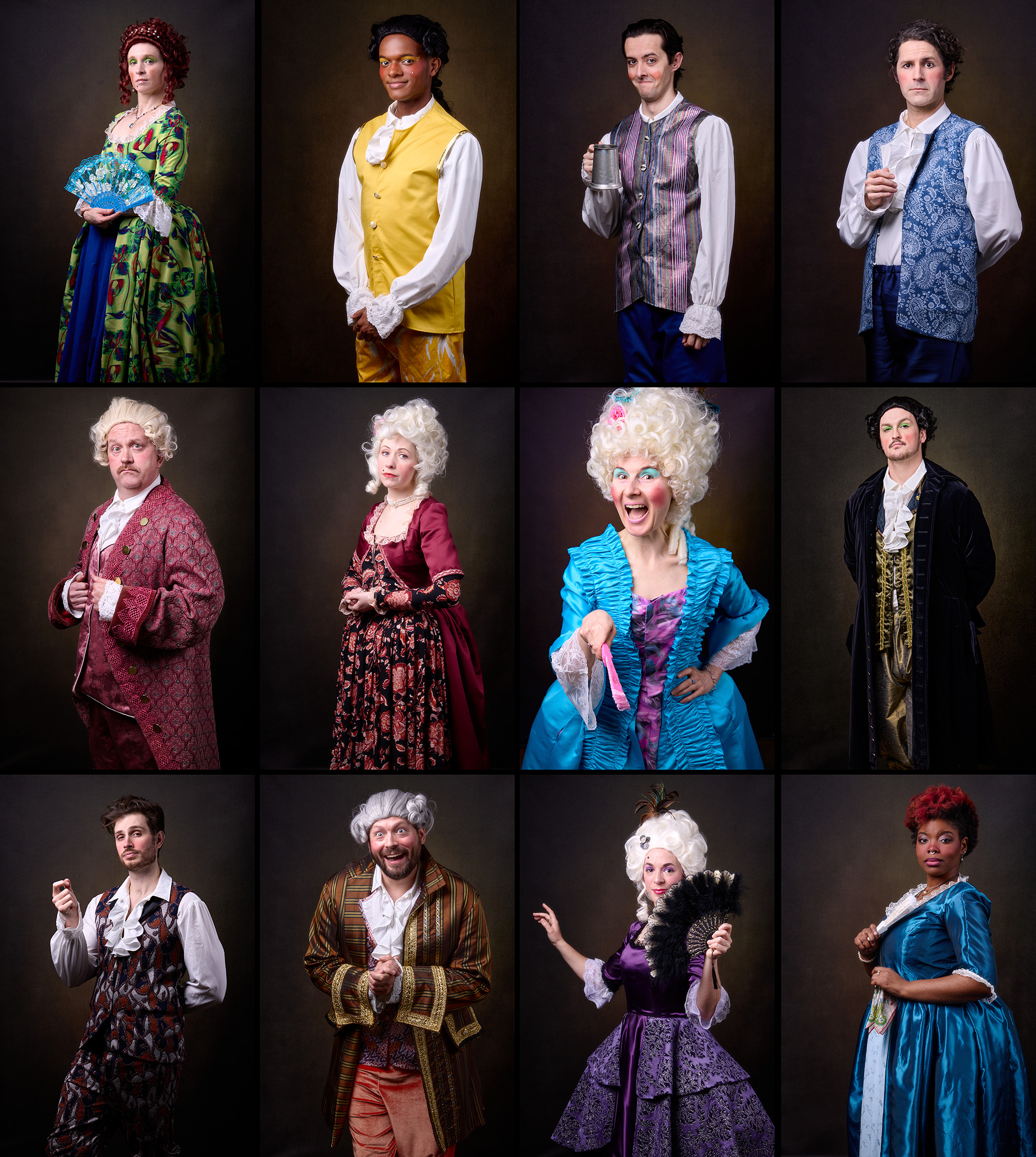
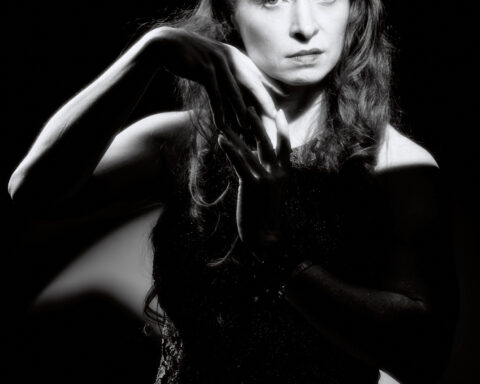
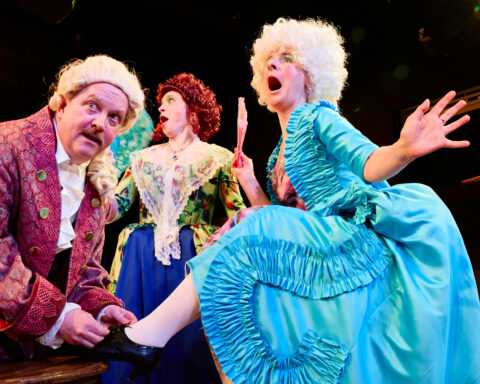
Follow Me